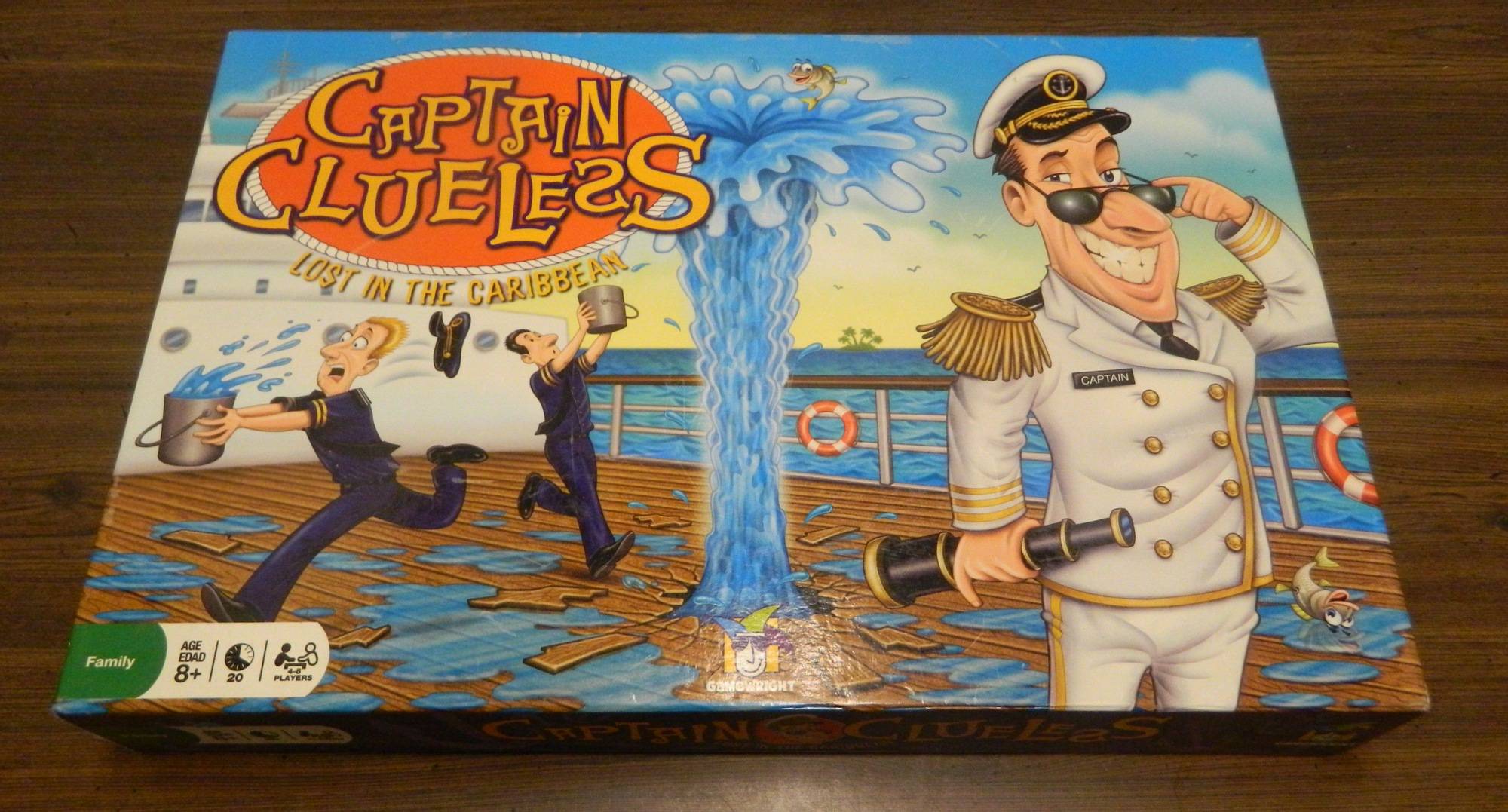1. Above 12 knots semi-submerged your snort is damaged and rendered useless. British experiments proved this as early as 1920. This is still true for modern boats.
2. Conversion of the sail is not enough. Need to streamline the hull case and that would take more than a year. How do I know this? Because the US DID IT. Called GUPPY.
3. It was retracted, that snort. That V-80 boat made battery and Navol powered runs and never broke 19 knots EVER.
4. At 10 knots you make a noise target a deaf moose can hear with an ear trumpet. The sub is also deaf itself with the GSF gear the Germans used. By 1943 the allies had sonobuoys and chase weapons. Might be difficult to depth charge from a destroyer, but a snort boat is dead meat to FIDO. Diesels submerged put 8x as much noise into the water. This increases air to surface kills 2x.
5. What 4 times as many attacks? Nothing has changed the log function or the cube law when it comes to convoy.
I would add..
At higher speeds, your snort leaves a plume even the RAF can see a LONG way away. Its not to be used as an attack tool.
The idea of a slow speed motor to allow days underwater - we assume the crew have given up on breathing?
The streamlining problem is FAR more than replacing the conning tower with a sail - the biggest saving is streamlining the hull and fittings. Problem is, the more you do that, the longer the boat takes to dive. Might not be a good exchange when that Wellington is bearing down on you...
